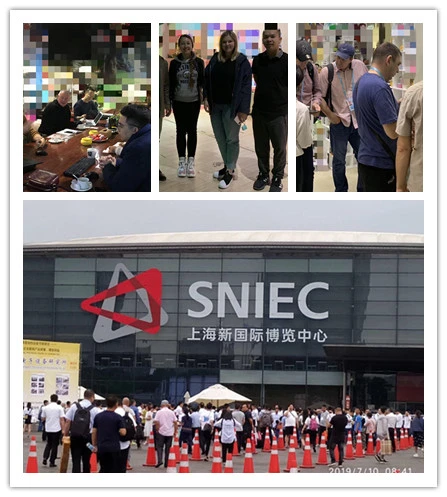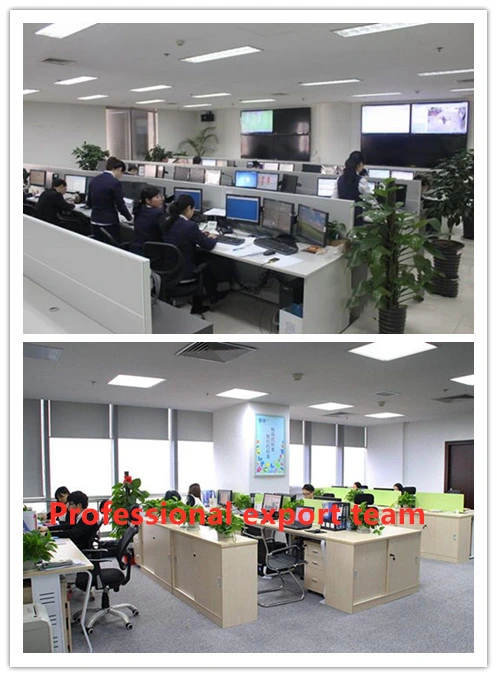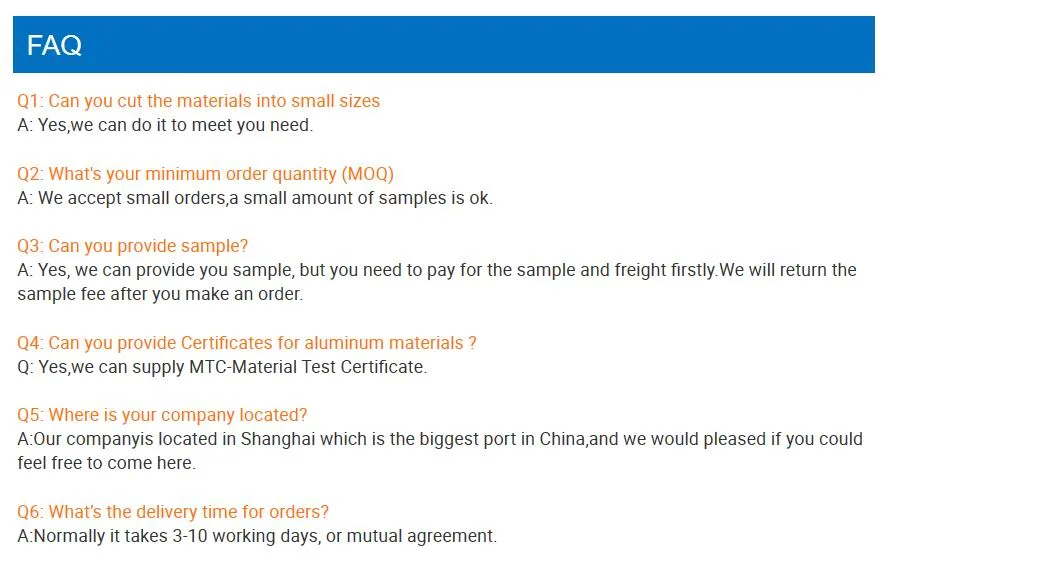Product Description
GRADE:301 1CR17NI7 1.4319;302 1CR18NI9 1.4310;303 YCR18NI9 1.4305; 304 0CR18NI9 1.4301; 304L 00CR19NI10 1.4305;321 1cr18ni10ti 1.4541;316 ocr17ni12mo 1.4401;316l 00cr17ni14mo2 1.4404;316TI 0CR18NI12MO2TI 1.4571; 316N 0CR17NI12MON 1.4406;316LN 00CR17NI12MO2N 1.4429;317 0CR19ni13mo3 ;317L 00CR19NI13MO3 1.4438;347 0CR18NI11Nb 1.4550;
Precipitation hardening stainless steel
It has good formability and good weldability, and can be used as an ultra-high-strength material in the nuclear industry, aviation and aerospace industries.
According to the composition, it can be divided into Cr series (400 series), Cr-Ni series (300 series), Cr-Mn-Ni (200 series), heat-resistant chromium alloy steel (500 series) and precipitation hardening series (600 series).
200 series: chromium-manganese-nickel
201, 202, etc.: Substituting manganese for nickel, which has poor corrosion resistance and is widely used as a cheap substitute for the 300 series in China
300 series: chromium-nickel austenitic stainless steel
301: Good ductility, used for molded products. It can also be hardened by mechanical processing. Good weldability. Abrasion resistance and fatigue strength are better than 304 stainless steel.
302: The corrosion resistance is the same as that of 304, and the strength is better due to the relatively high carbon content.
303: By adding a small amount of sulfur and phosphorus, it is easier to cut than 304.
304: Universal model; that is, 18/8 stainless steel. Products such as: corrosion-resistant containers, tableware, furniture, railings, medical equipment. The standard composition is 18% chromium plus 8% nickel. It is a non-magnetic stainless steel that cannot be changed by heat treatment to change its metallographic structure. The GB grade is 06Cr19Ni10.
304 L: Same characteristics as 304, but low carbon so it is more resistant to corrosion and easy to heat treatment, but has poor mechanical properties. Suitable for welding and products that are not easy to heat treatment.
304 N: Same characteristics as 304. It is a nitrogen-containing stainless steel. Nitrogen is added to increase the strength of the steel.
309: Better temperature resistance than 304, with a temperature resistance of up to 980°C.
309 S: It has a large amount of chromium and nickel, so it has good heat resistance and oxidation resistance. Products such as heat exchangers, boiler components, and jet engines.
310: Excellent high temperature oxidation resistance, the highest operating temperature is 1200ºC.
316: After 304, the second most widely used steel grade, mainly used in the food industry, watch jewelry, pharmaceutical industry and surgical equipment, adding molybdenum to obtain a special corrosion-resistant structure. Because it has better resistance to chloride corrosion than 304, it is also used as "ship steel". SS316 is usually used in nuclear fuel recovery devices. 18/10 grade stainless steel usually also meets this application level.
316 L: Low-carbon so it is more resistant to corrosion and easy to heat treatment. Products such as: chemical processing equipment, nuclear power generators, refrigerant storage tanks.
321: Except that the addition of titanium reduces the risk of corrosion of the material welds, other properties are similar to 304.
347: Add stabilizing element niobium, suitable for welding aviation appliance parts and chemical equipment.
400 series: ferritic and martensitic stainless steel, without manganese, can replace 304 stainless steel to a certain extent
408: Good heat resistance, weak corrosion resistance, 11% Cr, 8% Ni.
409: The cheapest model (British and American), usually used as a car exhaust pipe, is a ferritic stainless steel (chrome steel).
410: Martensite (high-strength chromium steel), good wear resistance, poor corrosion resistance.
416: The addition of sulfur improves the processing performance of the material.
420: "Cutting tool grade" martensitic steel, similar to the earliest stainless steel such as Brinell high chromium steel. It is also used for surgical knives, which can be very bright.
430: Ferritic stainless steel, for decoration, such as car accessories. Good formability, but poor temperature resistance and corrosion resistance.
440: High-strength cutting tool steel with slightly higher carbon content. After proper heat treatment, higher yield strength can be obtained. The hardness can reach 58HRC, which is among the hardest stainless steels. The most common application example is the "razor blade". There are three commonly used models: 440A, 440B, 440C, and 440F (easy processing type).
500 series: heat-resistant chromium alloy steel.
600 series: Martensitic precipitation hardening stainless steel.




